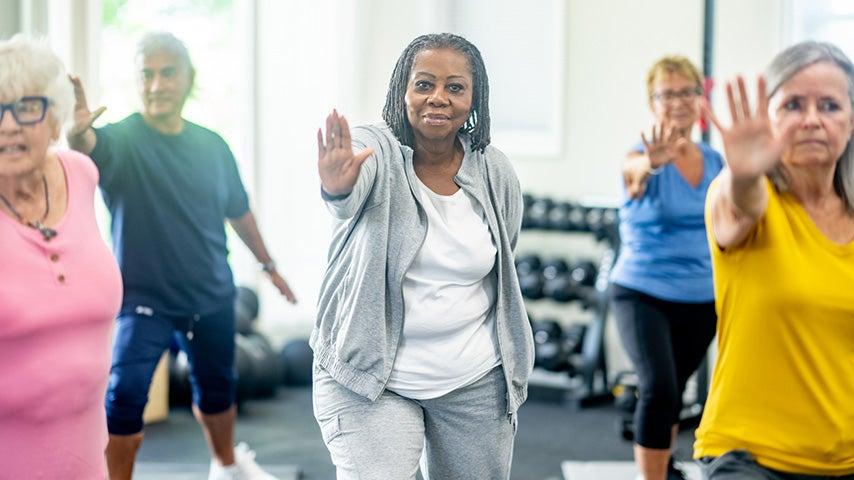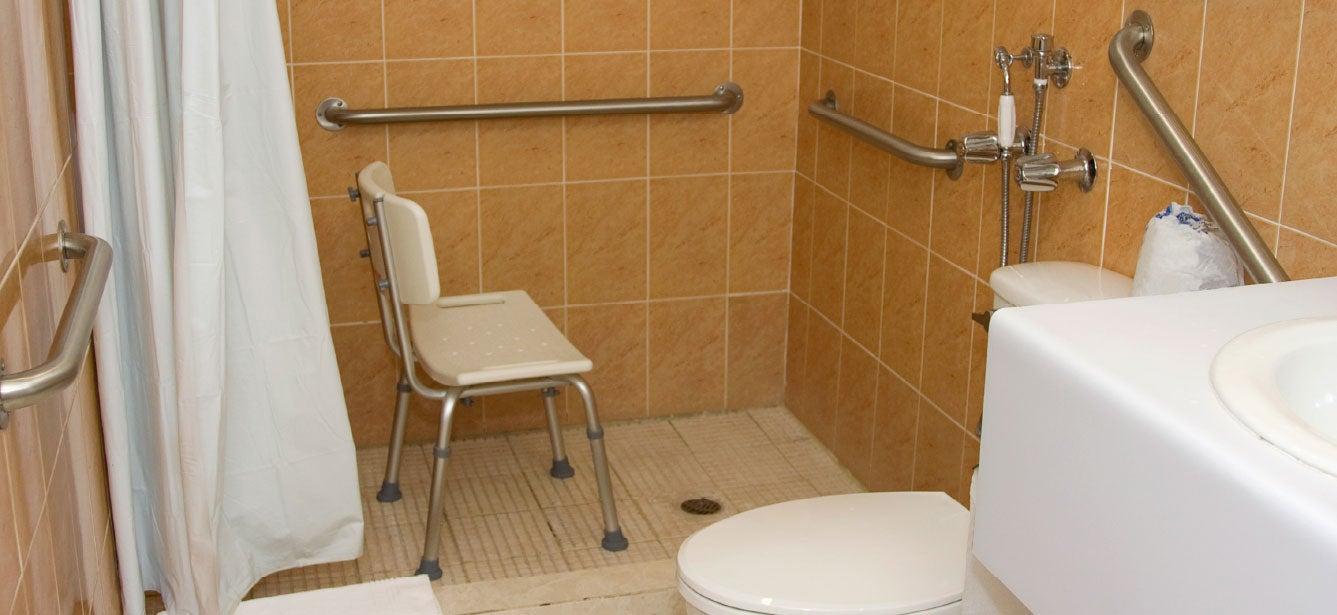Delivering Falls Prevention Programs Remotely: Best Practices and Lessons Learned
4 min read

Related Topics
Falls prevention remains essential for older adults to stay strong and healthy. To help organizations transition to remote delivery of evidence-based falls prevention programs, NCOA and its partners at the University of Washington Health Promotion Research Center evaluated best practices.
What we found: Shifting to remote delivery of an evidence-based falls prevention program comes with a learning curve for organizations, program leaders, and participants.
The University of Washington Health Promotion Research Center (UW HPRC) conducted the evaluation for this project, including interviews with program administrators, staff, instructors, and leaders. With guidance from those interviews, the center assessed what helped or created barriers during remote delivery. From there, NCOA and the UW HPRC created a resource of best practices.
During the COVID-19 pandemic, many organizations that were offering evidence-based falls prevention programs closed in-person classes and moved to remote delivery to meet social distancing and safety guidelines. Remote delivery will likely continue beyond the pandemic for more equitable access to these programs.
What administration decisions can improve remote delivery of falls prevention programs?
Remote delivery may increase implementation needs. Organizations should:
- Plan for more program preparation, paperwork, and staff time
- Create a streamlined, efficient system for collecting participant information and partnerships with other program sites (this could include online forms, fillable PDF forms, or collecting information via phone)
- Partner with other regional organizations to broaden the geographic area served
How can falls prevention program leaders be prepared and supported?
The move to remote delivery may be challenging for leaders who may have taught only in-person. Support leaders throughout the life of the program, from planning through completion, to ensure needs are met as they change over time. For example:
- Meet with leaders and discuss their comfort level with delivering remote programming
- Communicate with leaders about what they need in order to start remote programming (this might include a cheat sheet for common technical difficulties, additional training, or technical materials like a wide-angle web camera)
- Check in with leaders regularly to see if they have insights to share or if their needs have changed
How can falls prevention program participants be supported?
As much as we all are using technology more and more in this digital age, comfort levels are varied. Offer technology support to participants before and during programs to help acclimate to technology and troubleshoot any issues; additional staff or volunteers to fill this role are helpful so as not to disrupt leaders during class time.
Because social connections can be more difficult to forge when participants aren't meeting face-to-face, allow extra time for online socializing. One way to do this: open the virtual classroom early, or keep it open after the class is finished.
When it comes to accessibility, participants may need support on many different levels:
1. Technology access and familiarity
- Meet with participants one-on-one or in a group before the course beings to cover how to use the video conference platform and assess any accommodations they might need
- Put together a device library that allows participants to check out a tablet or computer for the duration of the course
- If space allows, set up a room in your organization's building with devices and space for one or two participants to use during classes
2. Accessibility for people with visual impairment
- Provide large print course materials
- Recommend larger screens for program participants, such as a laptop or desktop computer instead of a tablet
- Encourage program leaders to wear clothes in colors that contrast with their background so they are easier to see during programs with follow-along standing exercises
3. Accessibility for people with hearing loss or hearing impairment
- Use a live, auto-generated closed captioning system
- Set up course norms around non-verbal communication during classes (such as hand signals)
Remote falls prevention programming offers a variety of advantages for both delivery organizations and participants, but also poses some unique challenges. Organizations interested in offering programs remotely, instead of or in addition to their in-person programming, will benefit from reviewing best practices and addressing each in their planning and implementation.
Share our best practices and lessons learned so falls prevention programs can continue to reach even more older adults.
This project was supported, in part by grant number 90FPSG0051 from the U.S. Administration for Community Living, Department of Health and Human Services, Washington, D.C. 20201. Grantees undertaking projects under government sponsorship are encouraged to express freely their findings and conclusions. Points of view or opinions do not, therefore, necessarily represent official Administration for Community Living policy.



